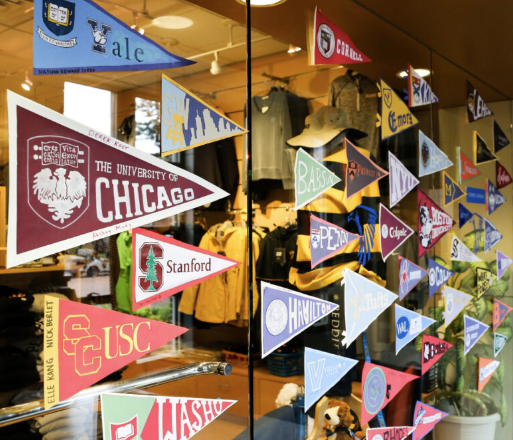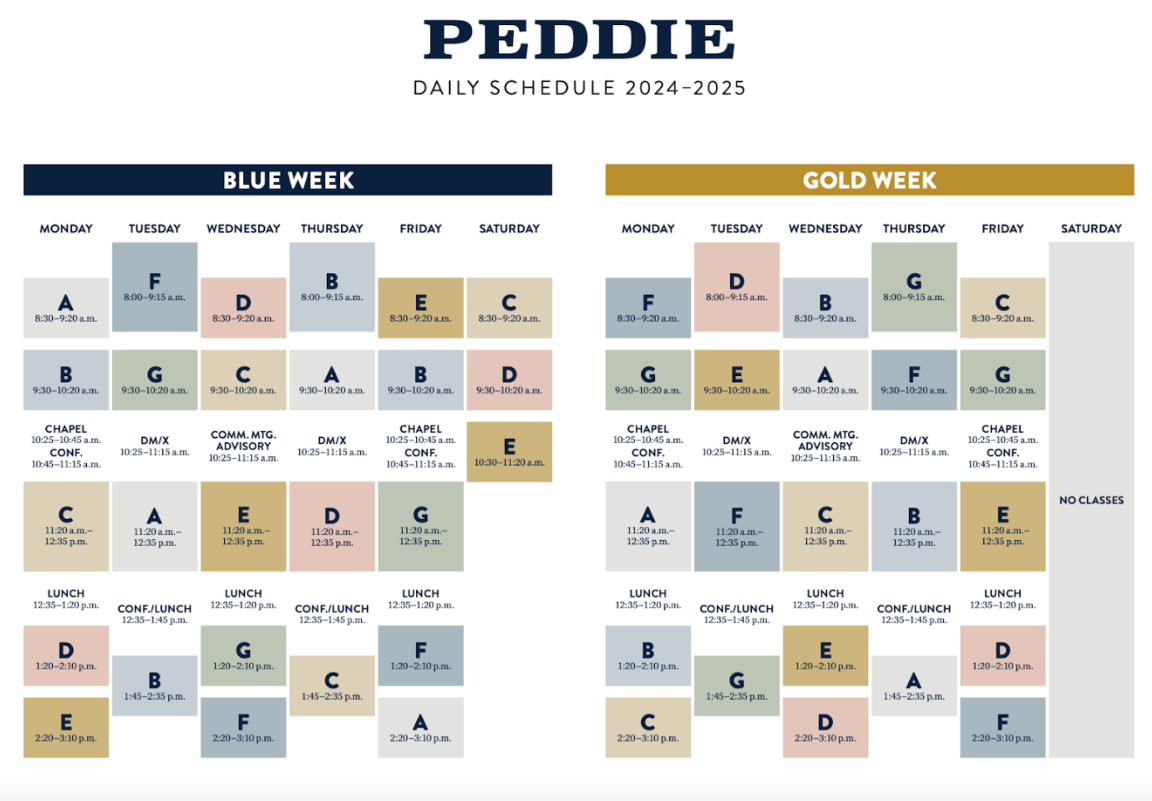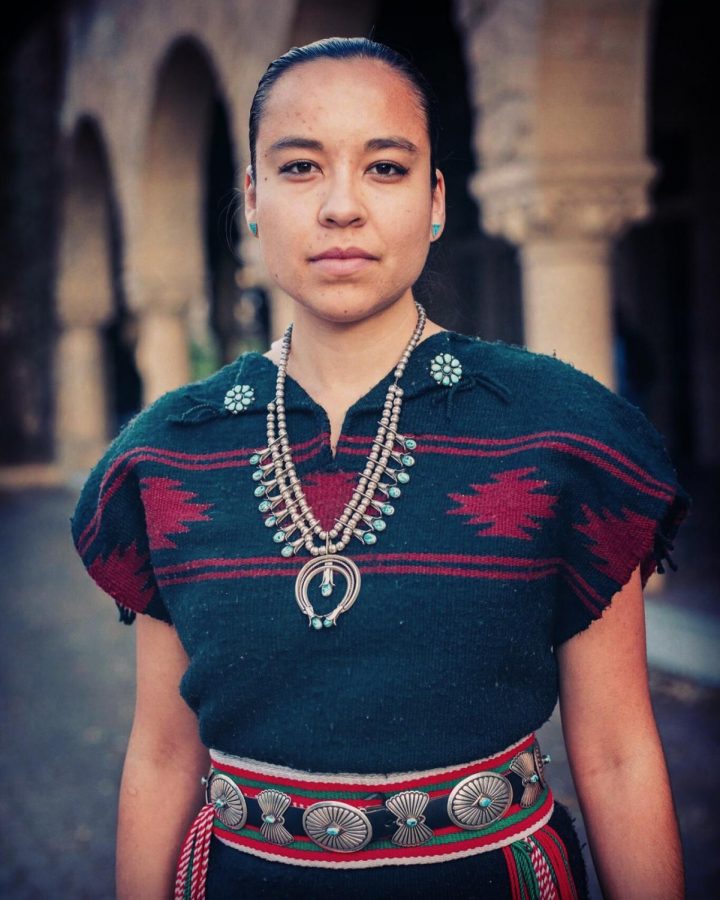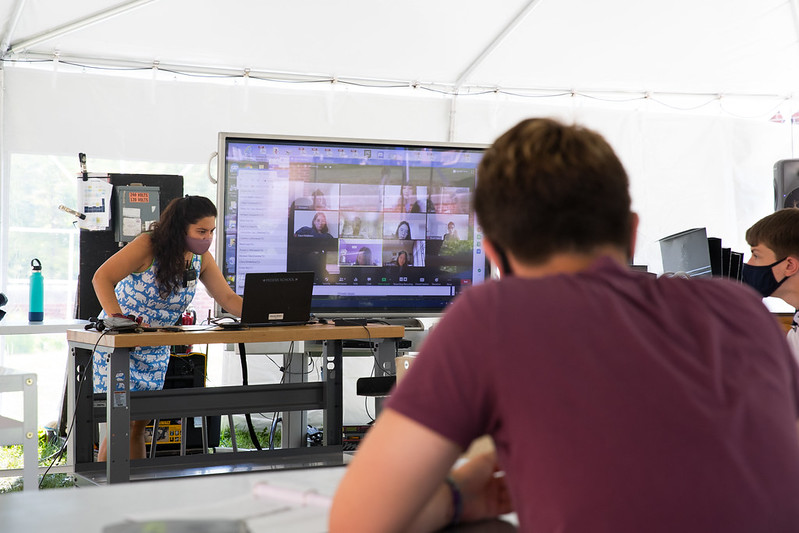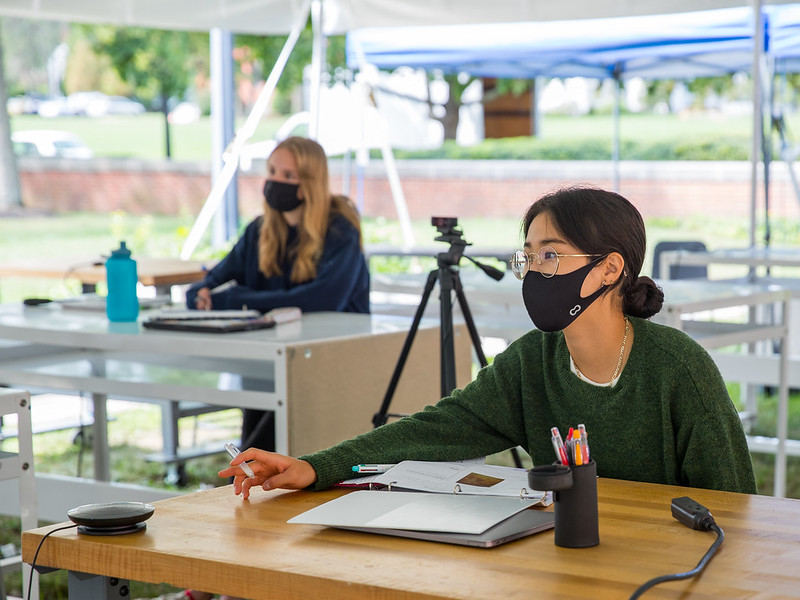Written by: Alexandra Seymour
Managing Editor
Amanda Cox, graphic designer at The New York Times, shared insight into her profession and her personal experience with the community on April 17.
During her presentation, Cox showed specific examples of how graphic designs can enhance a news story, making it more comprehensive and engaging for audiences by depicting data in an unexpected way. Usually, this is done by posing different sets of data against each other, either to show a shift over time or variations by group, including race, region and class, depending on the situation.
“There is one [graphic design] I like from when [Barack] Obama and [Hillary] Clinton were in the late stages of their primary campaigns,” Cox said. “Essentially it just showed exit poll data results, but we showed them in a way that, for me, felt like the first time that we got real, proper data visualization onto the home page. That’s my favorite example of where distributions sink you or speak to you, highlighting outliers and showing things you wouldn’t expect.”
Cox’s examples revealed the wide range of opportunities for using data visualization, whether the information reveals economic trends, sports achievements or video-renting tendencies.
“I thought the content of her presentation was incredibly interesting,” Anthony Chau ’14 said. “I liked how she varied it between the practical and more light-hearted topics, like unemployment rates and break-up dates. There was something that everybody could learn.”
According to Cox, there are many different ways that information for a graphic design is obtained.
“Historically, The New York Times’ graphics department started as a maps department, but it’s evolved over time to be a place where a lot of my colleagues are actually really good journalists and reporters themselves, and so can report their own information and find sources to talk to,” Cox said. “But at the same time, there are lots of people at the Times who are excellent at that. So it can work both ways. We collaborate with reporters who have something or sometimes we just have to do the reporting ourselves.”
Depending on the story, the time it takes to collect data and develop graphic designs can range from a day to months.
While graphic designs have not fundamentally changed journalism, Cox believes that they have provided an important balance to the reporting world. Because of this, Cox does not think that one form of journalism will ever dominate the other.
“I think certainly there are different mediums that are best for different types of stories, and often that’s pure written word,” Cox said. “But sometimes you can do things with photographs, or if the story has a strong character you can use a really strong video. I think we’re just looking for the best way to tell a story, and so I don’t think that that mix is ever really going to change.”
Even with technological advances, Cox notes that the best data visualization traces back to the 1950’s in Fortune magazine.
“I think the good stuff is really quite old… but at the same time, the web opens up possibilities that didn’t exist 10 years ago, so we can do more things with movement, audio, video or interaction,” Cox said.
For students interested in pursuing this field as a career, Cox said that there is not one educational path to take. Although she received her undergraduate and graduate degrees in Statistics at St. Olaf College and the University of Washington, respectively, in her presentation, Cox included a slide listing the wide array of her colleagues’ majors in college to illustrate how their diverse studies brought them to the same profession.
“I think really the best advice for students is to find a way to start making things,” Cox said. “Find some data that you’re interested in and really keep it in mind while you’re working with it, like how you are going to communicate it when you’re done. You find data that’s compelling to you and find something that no one has said about it before or something that you wouldn’t have expected to be true.”
Categories:
Graphic Designer Amanda Cox Transforms Data Into Stories
April 26, 2013
0
More to Discover









